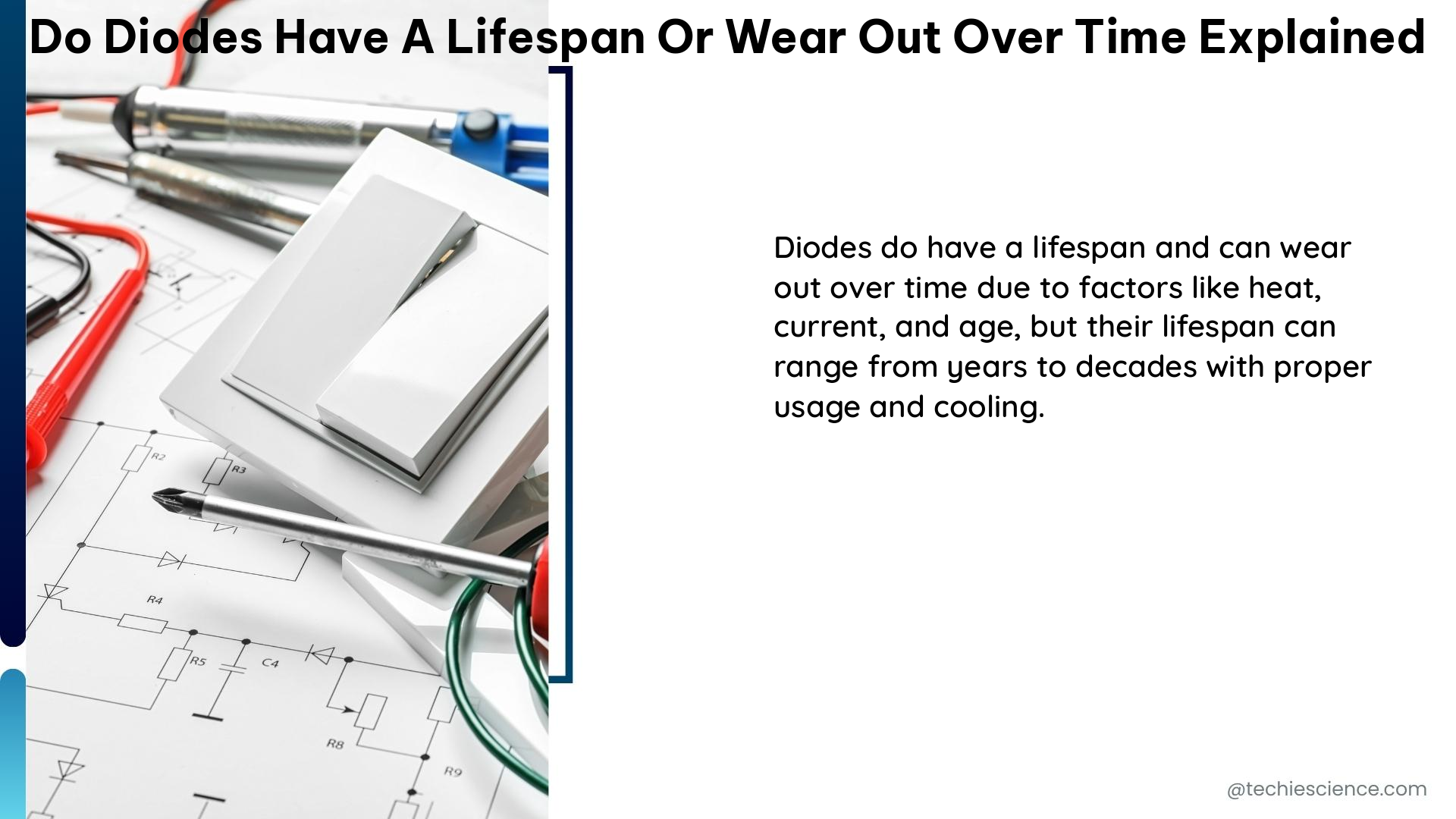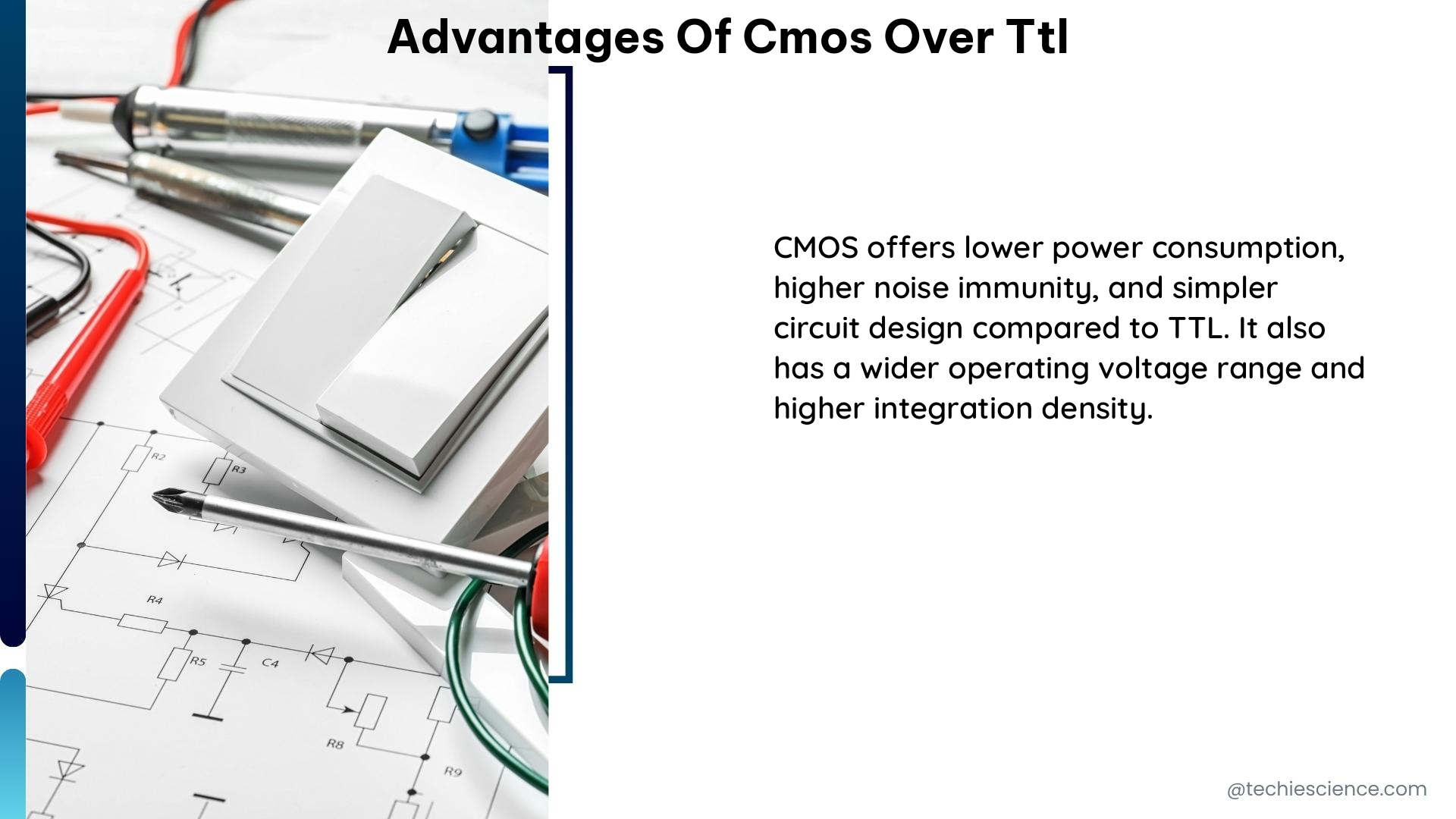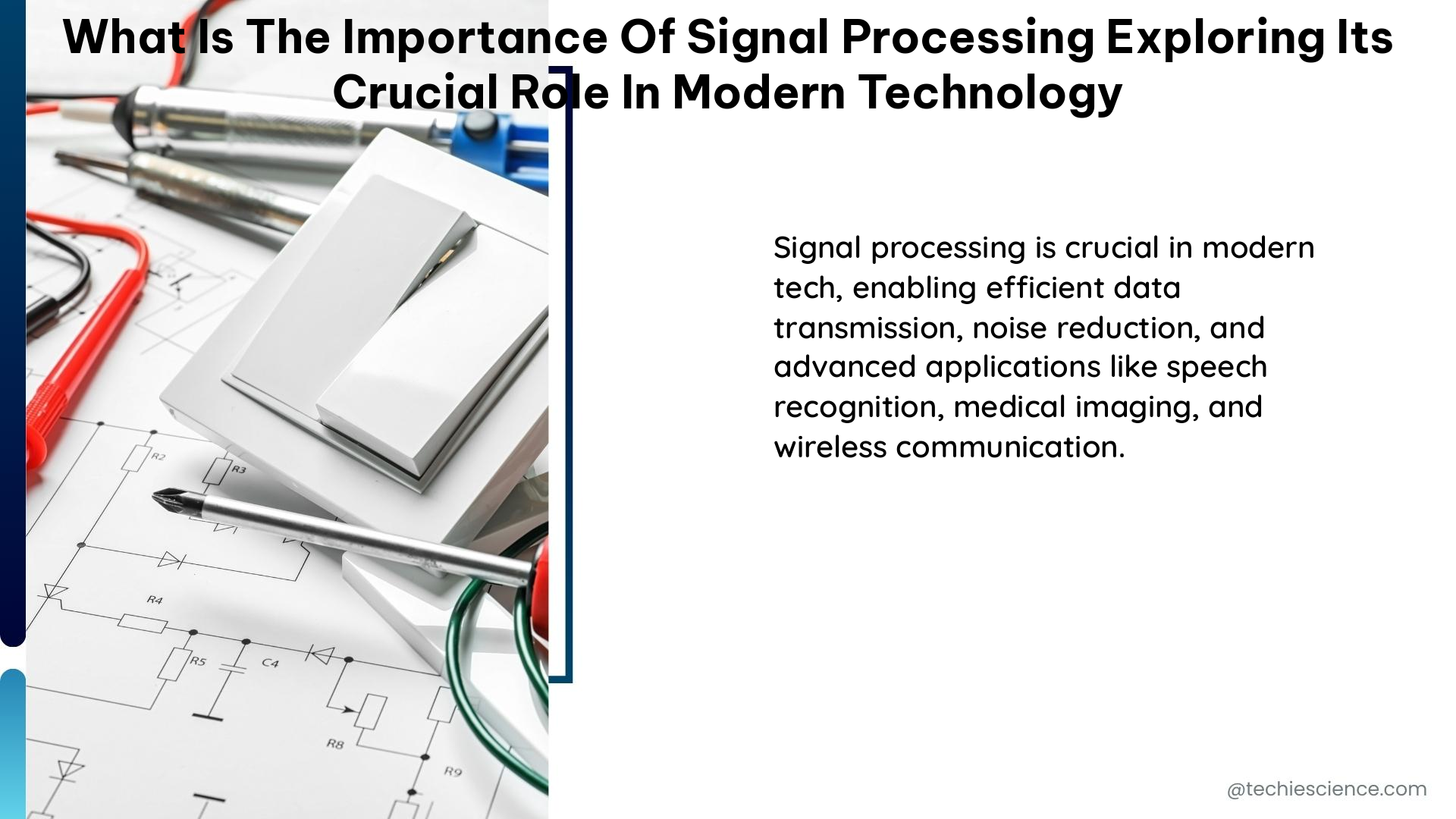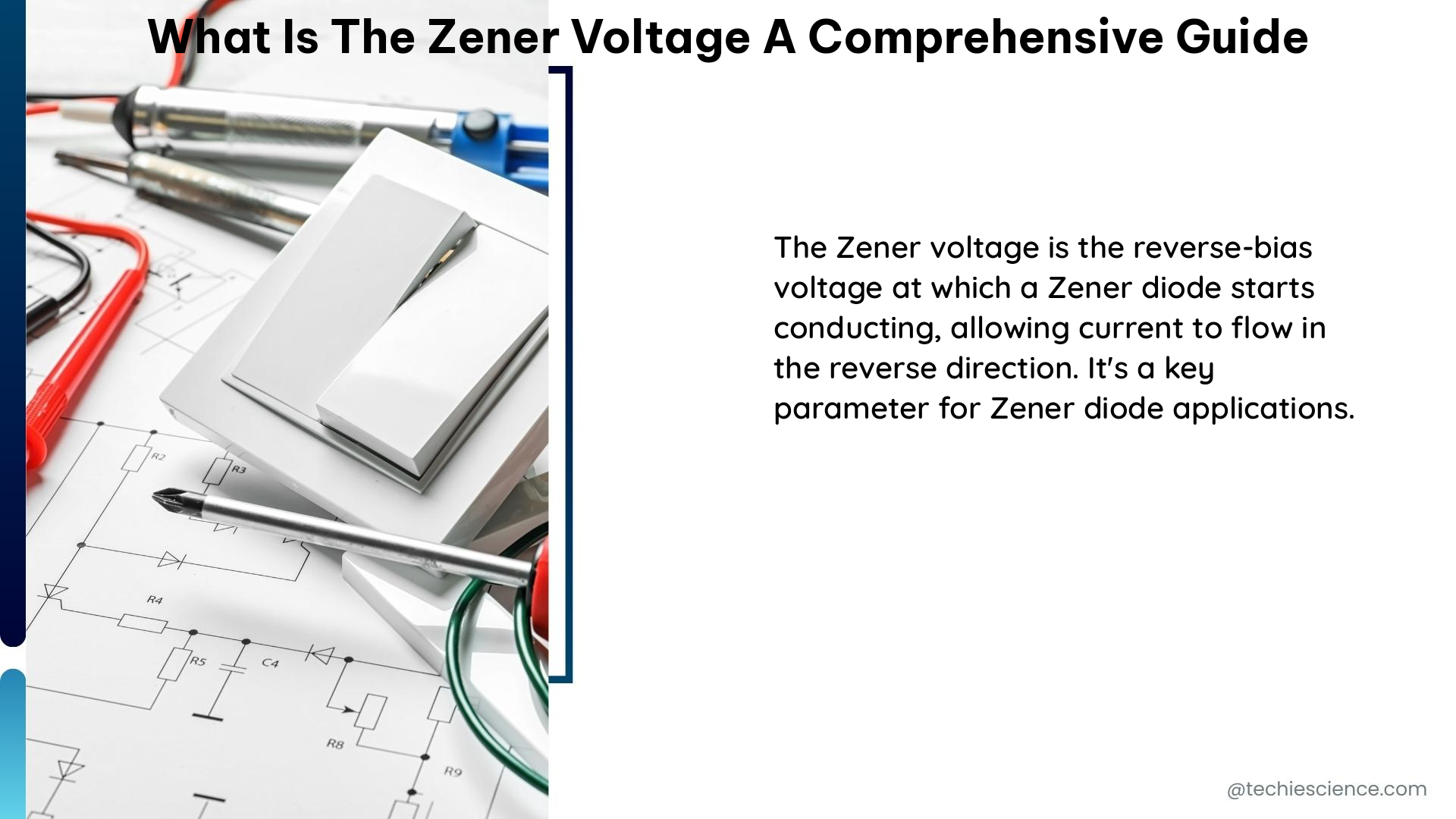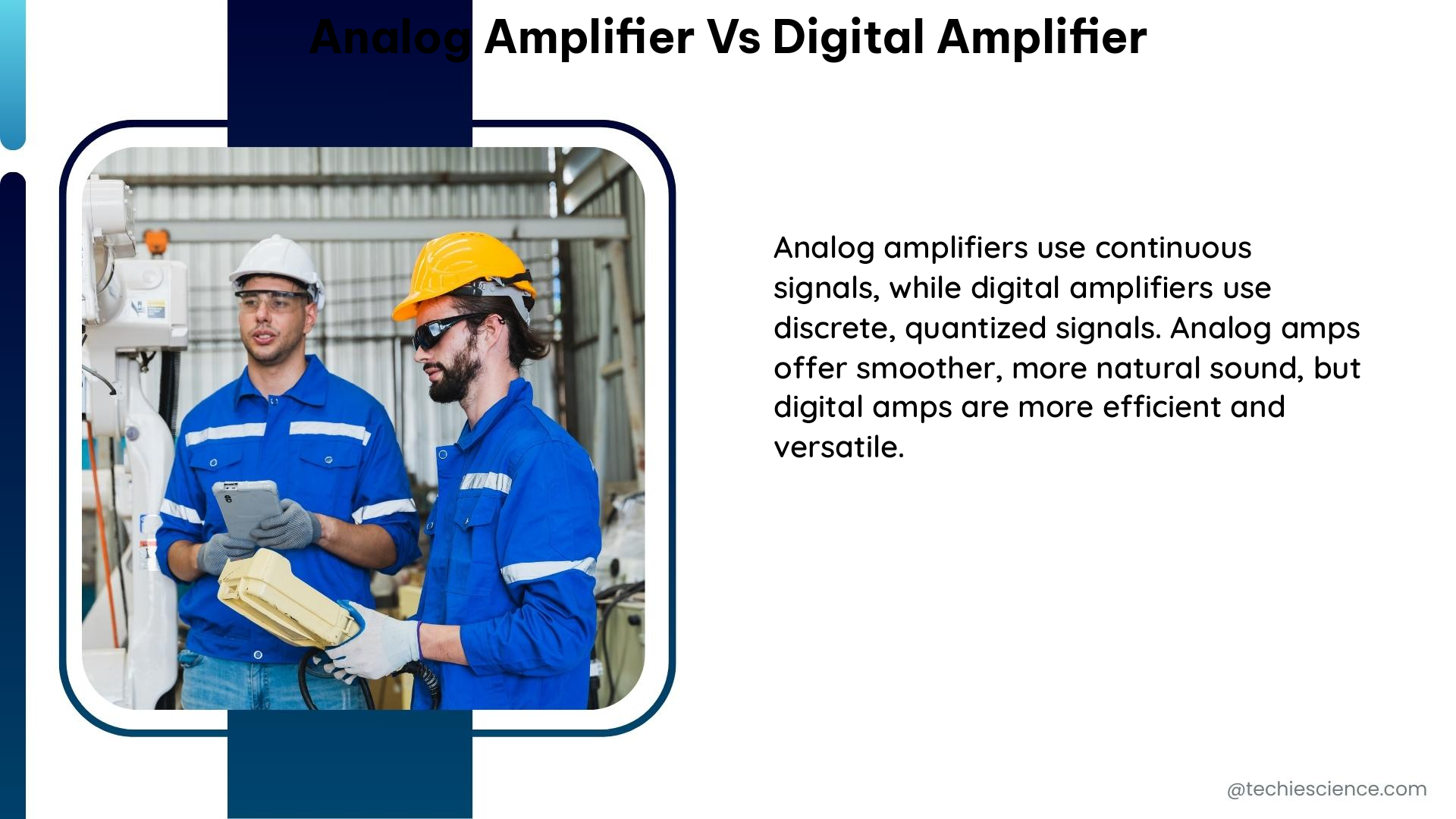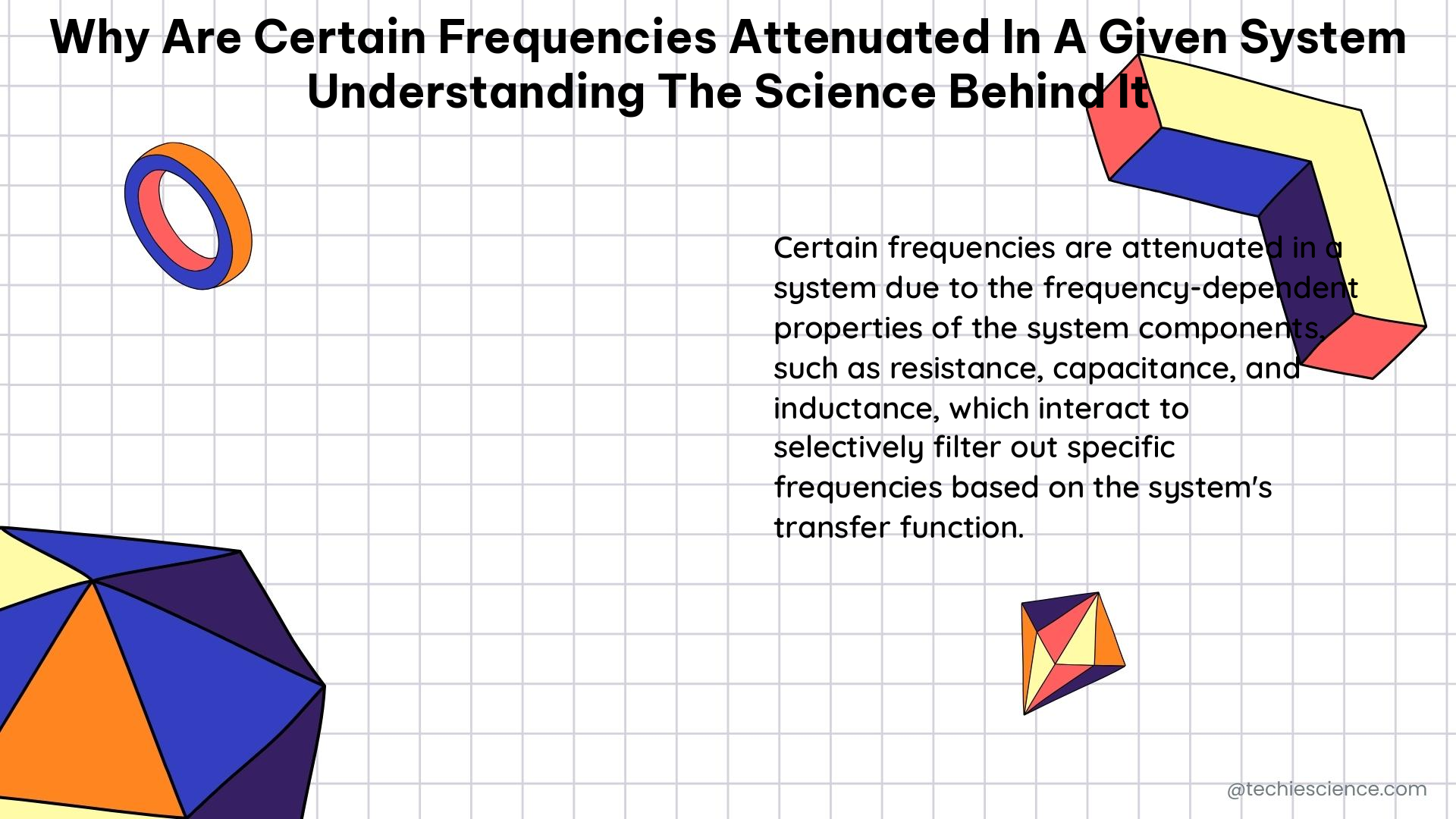A center-tapped transformer is a specialized type of transformer that provides two separate voltage outputs, each referenced to a common ground point. This unique design allows for a wide range of applications in electronics, power distribution, and various other industries. In this comprehensive guide, we will delve into the technical details, testing procedures, and practical considerations of center-tapped transformers, equipping electronics students with the knowledge to effectively utilize these versatile devices.
Understanding the Center-Tapped Transformer
A center-tapped transformer is characterized by the addition of a third connection to the secondary winding, which is connected to a point halfway along the winding. This configuration allows the transformer to produce two separate voltage outputs, each referenced to the common center tap. The turns ratio of a center-tapped transformer is typically expressed as a single number, with the center tap considered as a single point.
For example, if the primary winding has twice as many turns as the secondary winding, the turns ratio would be expressed as 2:1, even though there are technically three points of connection on the secondary winding.
Testing a Center-Tapped Transformer
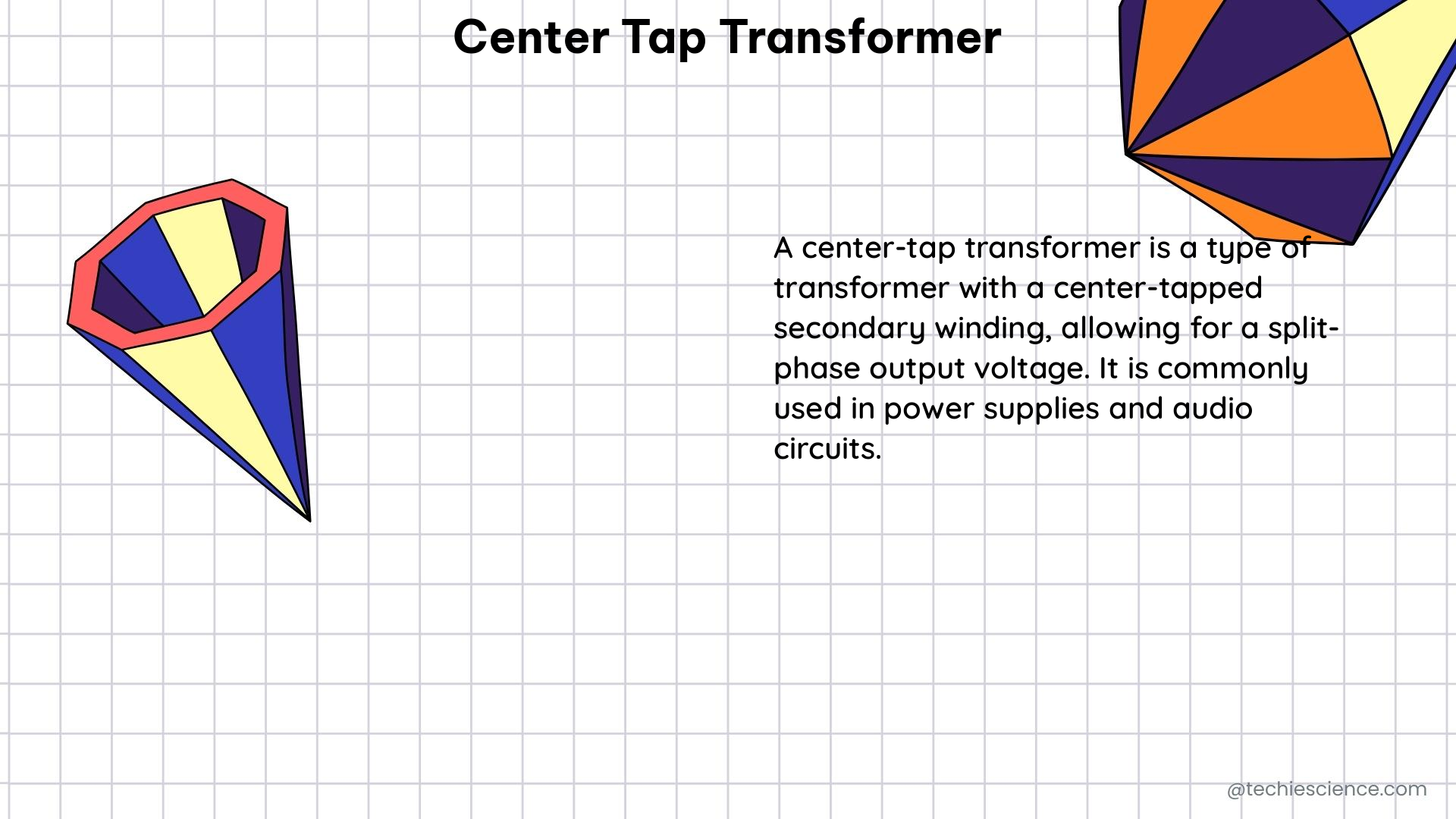
When it comes to testing a center-tapped transformer, there are several key measurements that can be taken to ensure its proper functioning:
-
Voltage Measurement: Measure the voltage between the center tap and one of the secondary windings, and then measure the voltage between the center tap and the other secondary winding. Both of these measurements should be equal, indicating that the transformer is balanced and providing equal voltage outputs.
-
Current Measurement: Measure the current draw on each of the secondary windings. Ideally, the current draw should be evenly balanced between the two windings, indicating that the load is evenly distributed across both voltage outputs. However, slight imbalances in current draw may occur, particularly if the load is not perfectly balanced.
-
Winding Resistance Measurement: Measure the resistance of each secondary winding, as well as the resistance between the center tap and each secondary winding. These measurements can help identify any issues with the transformer’s internal wiring or connections.
-
Insulation Resistance Measurement: Measure the insulation resistance between the primary winding, secondary windings, and the transformer’s core. This can help detect any potential insulation breakdown or leakage issues.
-
Transformer Turns Ratio Test: Measure the turns ratio between the primary and secondary windings to ensure it matches the expected value. This can be done using a specialized turns ratio tester or by calculating the ratio based on the measured voltages.
By performing these tests, electronics students can thoroughly evaluate the performance and condition of a center-tapped transformer, ensuring its safe and reliable operation.
Technical Specifications of Center-Tapped Transformers
When working with center-tapped transformers, it is important to consider the following technical specifications:
-
Rated Voltage Output: This is typically expressed as a single value for the entire transformer, rather than for each individual secondary winding.
-
Rated Current Output: This is usually expressed as a separate value for each secondary winding, as the current draw may not be evenly distributed.
-
Transformer Efficiency: The efficiency of a center-tapped transformer, which is the ratio of the output power to the input power, can vary depending on the transformer’s design and operating conditions.
-
Power Factor: The power factor of a center-tapped transformer is the ratio of the real power to the apparent power, and it can impact the overall efficiency and performance of the transformer.
-
Temperature Rise Characteristics: The transformer’s ability to dissipate heat and maintain safe operating temperatures is an important consideration, especially in high-power applications.
-
Insulation Class: The insulation class of a center-tapped transformer indicates the maximum operating temperature the insulation can withstand without degradation.
-
Impedance: The impedance of a center-tapped transformer, which is the ratio of the voltage to the current, can affect the voltage regulation and load-handling capabilities of the transformer.
Understanding these technical specifications is crucial for electronics students when selecting, designing, and implementing center-tapped transformers in their projects.
Theoretical Explanation of Center-Tapped Transformer Operation
The operation of a center-tapped transformer can be explained using the principles of electromagnetic induction. When an alternating current is passed through the primary winding, it creates a magnetic field that induces a voltage in the secondary windings. By adding a center tap to the secondary winding, this voltage can be split into two separate outputs, each referenced to the common ground point.
The voltage induced in each half of the secondary winding is proportional to the number of turns in that half-winding. The center tap, being the midpoint of the secondary winding, provides a reference point for the two output voltages, which are typically equal in magnitude but opposite in polarity.
This configuration allows the center-tapped transformer to provide two separate voltage outputs, which can be used in a variety of applications, such as:
-
Dual-Voltage Power Supplies: Center-tapped transformers are commonly used in power supply circuits to generate both positive and negative voltage rails, which are essential for powering various electronic components and circuits.
-
Audio Amplifiers: In audio applications, center-tapped transformers are used to provide the necessary voltage for the output stage of push-pull amplifier circuits, ensuring balanced and efficient power delivery to the speakers.
-
Welding Transformers: Center-tapped transformers are often used in welding equipment, where the two secondary windings can be connected in series to provide a higher voltage for the welding process, or in parallel to provide a higher current output.
-
Voltage Regulation: Center-tapped transformers can be used in voltage regulation circuits, where the center tap is used as a reference point to maintain a stable output voltage despite fluctuations in the input voltage or load conditions.
Understanding the theoretical principles behind the operation of center-tapped transformers is essential for electronics students to design, analyze, and troubleshoot these devices effectively.
Considerations and Limitations of Center-Tapped Transformers
While center-tapped transformers offer several advantages, there are also some important considerations and limitations to keep in mind:
-
Overloading: If too much current is drawn from one of the secondary windings, it can cause the transformer to overheat and potentially fail. To prevent this, it is crucial to ensure that the load is evenly distributed across both secondary windings and that the transformer is not operated beyond its rated current output.
-
Voltage Imbalance: In some cases, the voltages across the two secondary windings may not be perfectly balanced, leading to unequal voltage outputs. This can be caused by factors such as winding asymmetry, core saturation, or uneven load distribution.
-
Harmonic Distortion: The center-tapped configuration can introduce harmonic distortion in the output voltages, particularly if the load is non-linear or unbalanced. This can be mitigated by using appropriate filtering or balancing techniques.
-
Efficiency Considerations: Center-tapped transformers may have slightly lower efficiency compared to other transformer configurations, due to the additional winding and the potential for uneven load distribution.
-
Size and Weight: The center-tapped design can result in a larger and heavier transformer compared to single-winding transformers, which may be a consideration in applications with size and weight constraints.
-
Grounding Considerations: The center tap of the secondary winding is typically connected to ground, which can have implications for the grounding scheme of the overall system.
Electronics students should be aware of these considerations and limitations when designing, selecting, and implementing center-tapped transformers in their projects, ensuring safe and reliable operation.
Practical Applications of Center-Tapped Transformers
Center-tapped transformers find a wide range of applications in various fields of electronics and electrical engineering, including:
-
Power Supplies: As mentioned earlier, center-tapped transformers are commonly used in power supply circuits to generate both positive and negative voltage rails, which are essential for powering various electronic components and circuits.
-
Audio Amplifiers: In audio applications, center-tapped transformers are used to provide the necessary voltage for the output stage of push-pull amplifier circuits, ensuring balanced and efficient power delivery to the speakers.
-
Welding Equipment: Center-tapped transformers are often used in welding equipment, where the two secondary windings can be connected in series to provide a higher voltage for the welding process, or in parallel to provide a higher current output.
-
Voltage Regulation: Center-tapped transformers can be used in voltage regulation circuits, where the center tap is used as a reference point to maintain a stable output voltage despite fluctuations in the input voltage or load conditions.
-
Instrumentation and Measurement: Center-tapped transformers can be used in various instrumentation and measurement applications, such as current transformers, potential transformers, and isolation transformers, where the center tap provides a reference point for accurate measurements.
-
Industrial Control Systems: Center-tapped transformers are employed in industrial control systems, where they are used to provide the necessary voltage and current levels for various control and monitoring components.
-
Telecommunications: In telecommunications applications, center-tapped transformers are used for signal coupling, impedance matching, and isolation purposes, ensuring the reliable transmission of data and communication signals.
-
Lighting and Heating Systems: Center-tapped transformers can be found in lighting and heating systems, where they are used to provide the appropriate voltage and current levels for various lighting fixtures, heating elements, and control circuits.
By understanding the capabilities and limitations of center-tapped transformers, electronics students can effectively incorporate these devices into a wide range of practical applications, contributing to the development of innovative and efficient electronic systems.
Conclusion
Center-tapped transformers are a versatile and essential component in the world of electronics and electrical engineering. This comprehensive guide has provided electronics students with a deep understanding of the technical details, testing procedures, and practical applications of these transformers.
By mastering the concepts and principles covered in this article, electronics students will be well-equipped to design, analyze, and troubleshoot center-tapped transformers in their projects, ensuring the safe and reliable operation of their electronic systems.
Remember, the key to success in working with center-tapped transformers lies in a thorough understanding of their technical specifications, testing methodologies, and practical considerations. Continuous learning and hands-on experience will further solidify your expertise in this field, empowering you to tackle even the most complex challenges in the world of electronics.
References:
– Center Tapped Transformer and 120/240 Volt Secondary Models. (n.d.). Retrieved from https://www.researchgate.net/publication/4335452_Center_Tapped_Transformer_and_120240_Volt_Secondary_Models
– center tapped transformer – NI Community – National Instruments. (2016, May 14). Retrieved from https://forums.ni.com/t5/Multisim-and-Ultiboard/center-tapped-transformer/td-p/3295430
– Help understanding current draw from center tapped transformer. (2016, July 8). Retrieved from https://www.eevblog.com/forum/beginners/help-understanding-current-draw-from-center-tapped-transformer/
– How to test center-tap transformer. (2006, July 25). Retrieved from https://www.edaboard.com/threads/how-to-test-center-tap-transformer.70548/
– Center Tapped Delta Transformer 5% Limitation – Mike Holt’s Forum. (2020, May 27). Retrieved from https://forums.mikeholt.com/threads/center-tapped-delta-transformer-5-limitation.2554009/
– Transformer – Electrical Engineering Tutorials. (n.d.). Retrieved from https://www.electrical4u.com/transformer/
– Center-Tapped Transformers – All About Circuits. (n.d.). Retrieved from https://www.allaboutcircuits.com/textbook/alternating-current/chpt-10/center-tapped-transformers/
– Transformer – Wikipedia. (n.d.). Retrieved from https://en.wikipedia.org/wiki/Transformer
